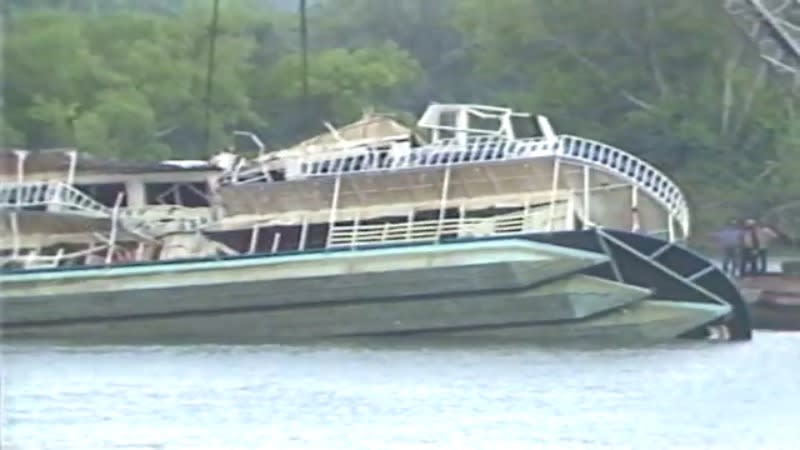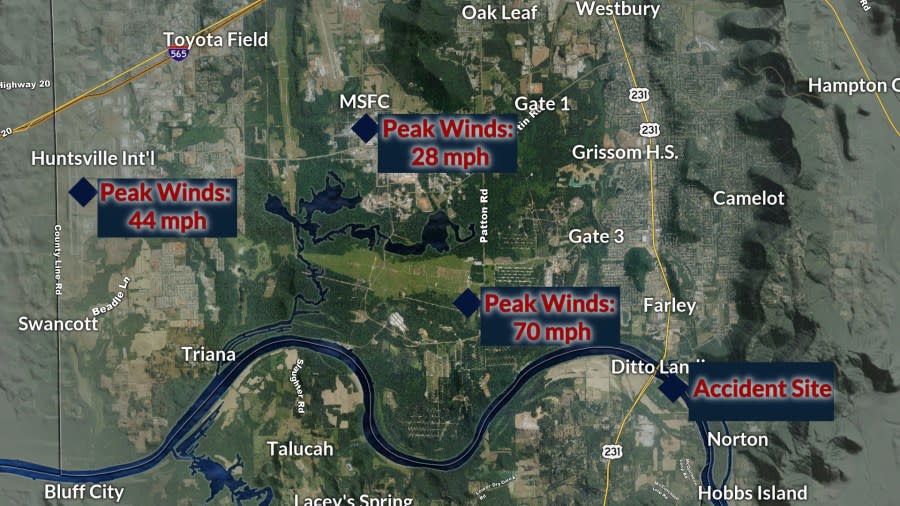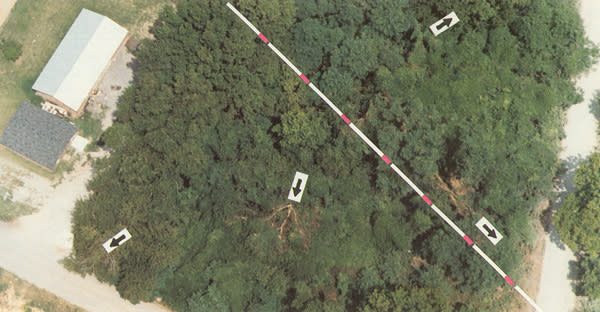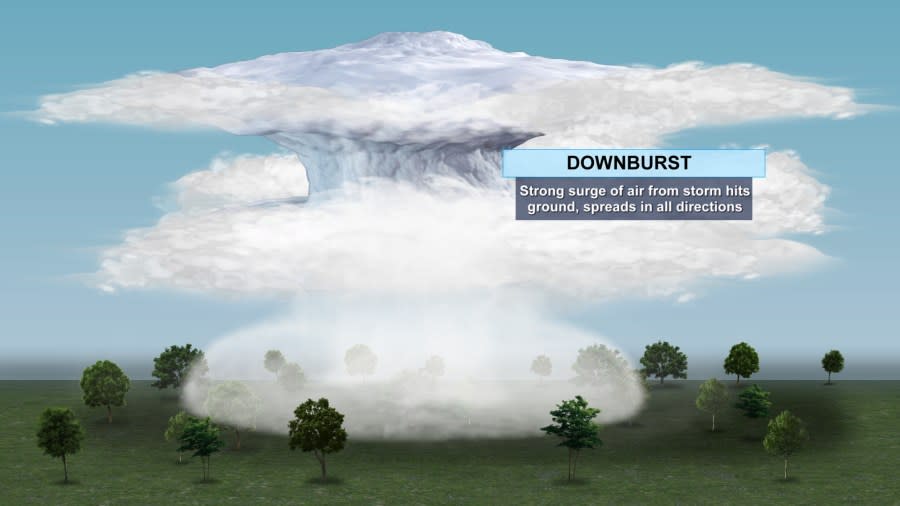Tragedy on the Tennessee River 40 years ago

HUNTSVILLE, Ala. (WHNT) — On July 7, 1984, a microburst event led to a deadly accident on the Tennessee River. The SCItanic was a paddlewheel boat that would be rented out to the employees of SCI Systems, along with their friends and family.
The SCItanic launched onto the Tennessee River from Ditto Landing mid-morning while the weather was still calm. There were 18 people aboard the boat that day, including the crew.
The boat itself was equipped with a marine band radio capable of receiving NOAA Weather Radio broadcasts. At the first sign of lightning, the captain turned the radio on.
Summertime showers and storms began developing along the river by mid-to-late morning. By 11 a.m., the observation site at the airport recorded 44 mph wind gusts. With a favorable environment in place, storms continued to intensify with a severe warning issued for Madison County by 11:10 am.
The weather site at the Marshall Space Flight Center recorded a gust of 28 mph. A separate site on Redstone Arsenal recorded a gust of 70 mph. That site was roughly four miles from Ditto Landing.
On the way back to shore the SCItanic capsized, trapping 11 people below deck. Seven people were able to escape through windows and make it back to shore. The 11 who were trapped lost their lives.
Above is a look at aerial footage of tree damage from the microburst event. If the damage were caused by a tornado the trees would be in a rotation pattern. The trees are lying in a divergent pattern supporting a microburst event.
40 years ago, many believed the damage and the tragic event were due to a tornado. At that time, microbursts were relatively unheard of and had just been identified in 1976 by Dr. Tetsuya “Ted” Fujita, head of meteorology at the University of Chicago and creator of the Fujita tornado scale.
He ended up visiting the area to see the damaged area himself.
You can read more from the National Weather Service of Huntsville website.
What is a Microburst?
Strong thunderstorms require strong updraft winds to keep going. Updraft winds are the winds entering into a thunderstorm. During a downburst, the updraft winds weaken, causing wind and rain to surge toward the ground and spread out in all directions.
A downburst is classified by its size and is called either a microburst or a macroburst. A microburst is when the downburst is 2.5 miles wide or less. A macroburst is when the downburst is greater than 2.5 miles wide.
Whether the downbursts are micro or macro, they can cause a lot of damage from the high winds that come crashing to the ground. Sometimes, the damage can be comparable to a low-end tornado. The damage from a downburst can consist of major structural damage to leveled trees.
Copyright 2024 Nexstar Media, Inc. All rights reserved. This material may not be published, broadcast, rewritten, or redistributed.
For the latest news, weather, sports, and streaming video, head to WHNT.com.




